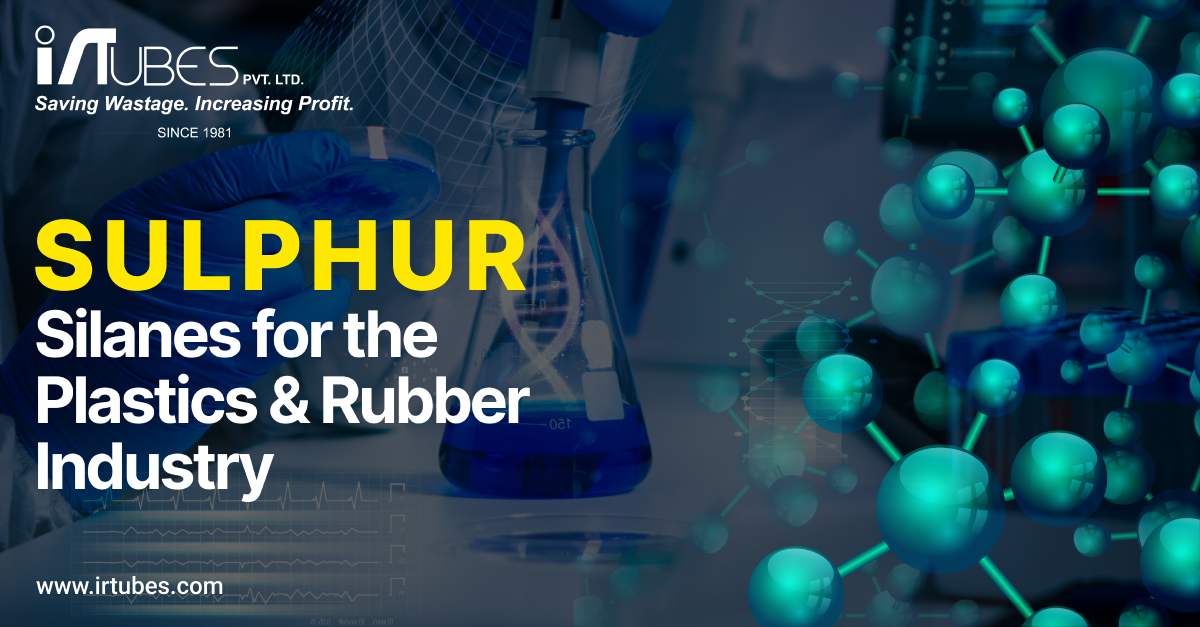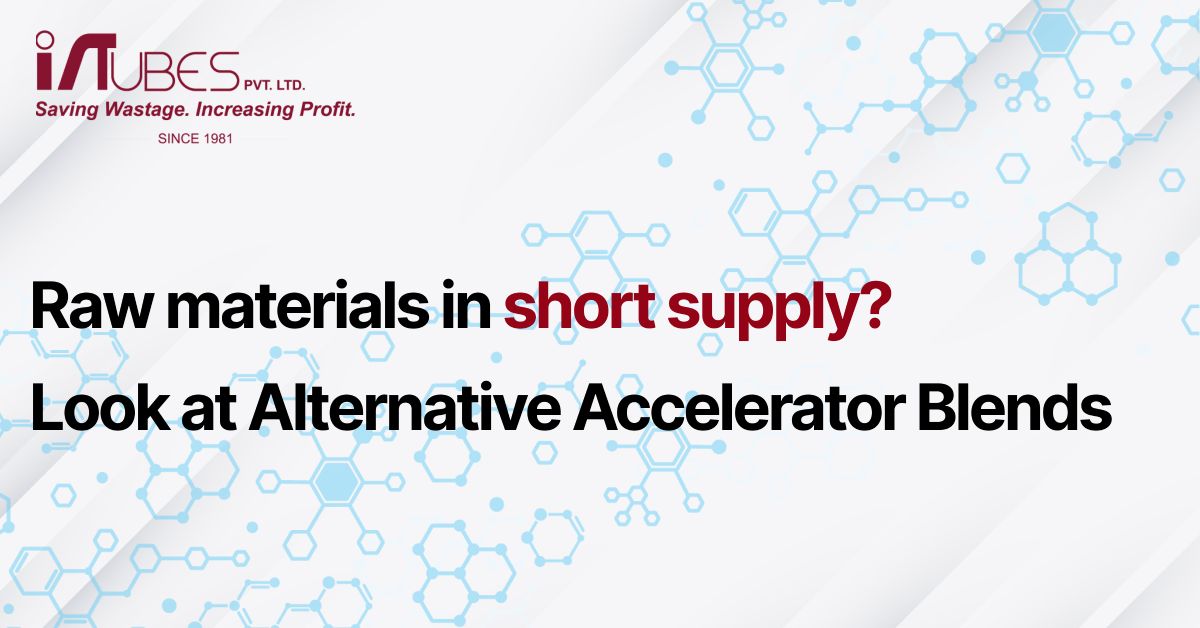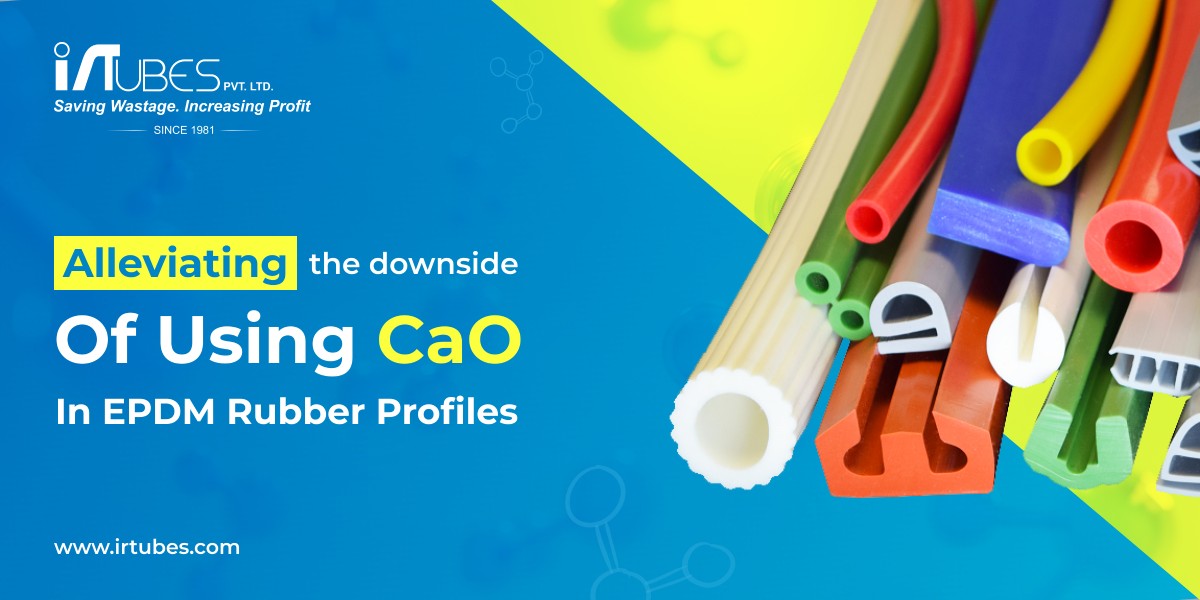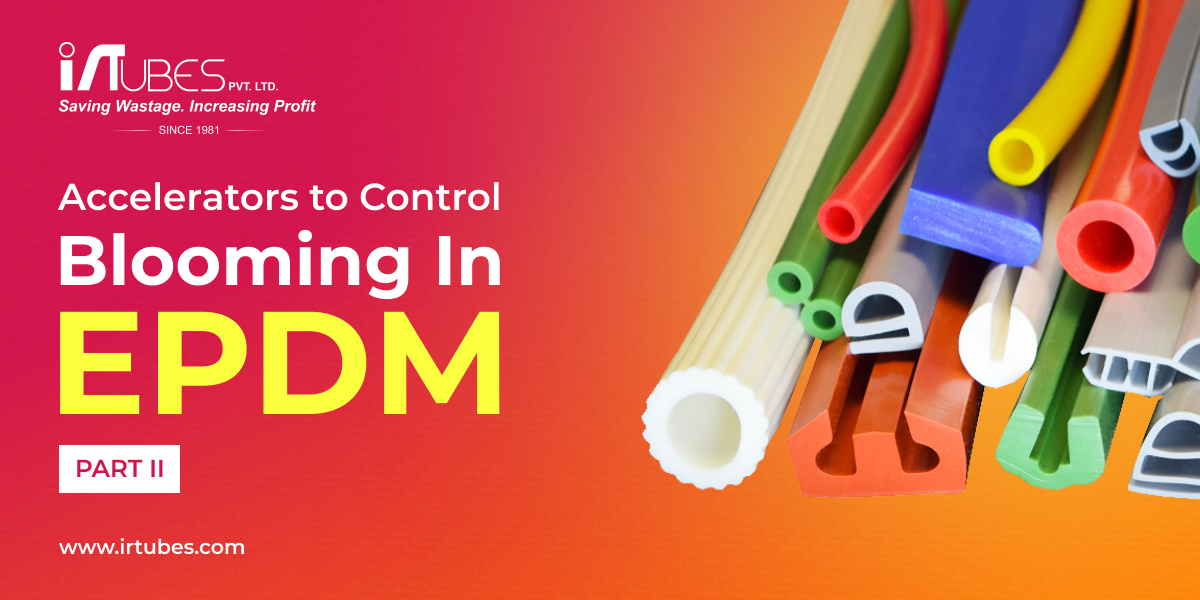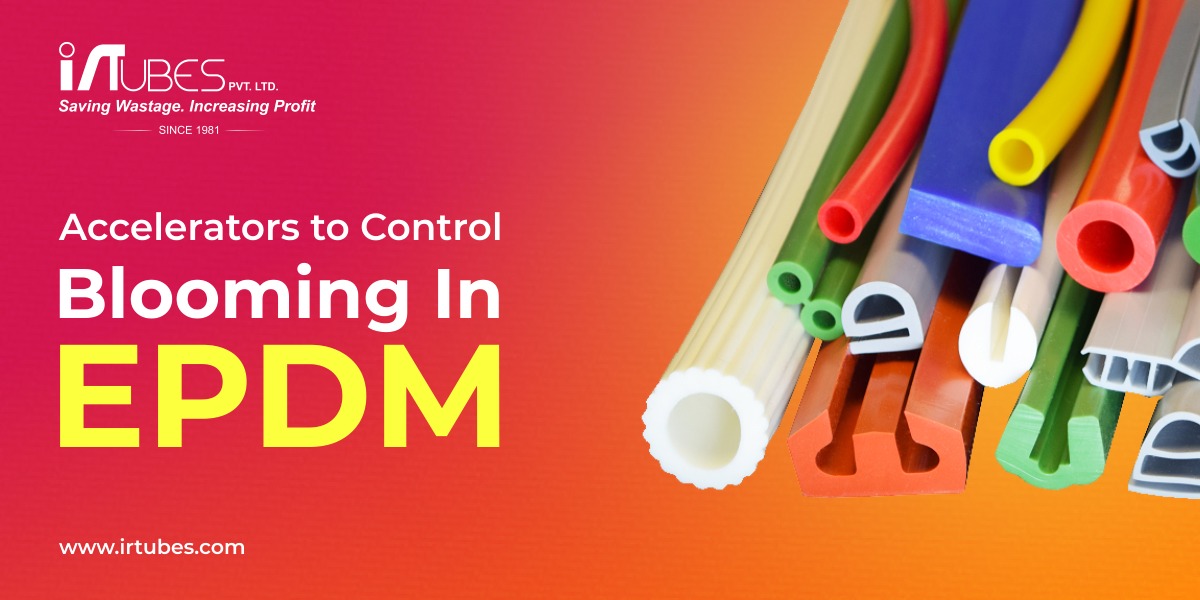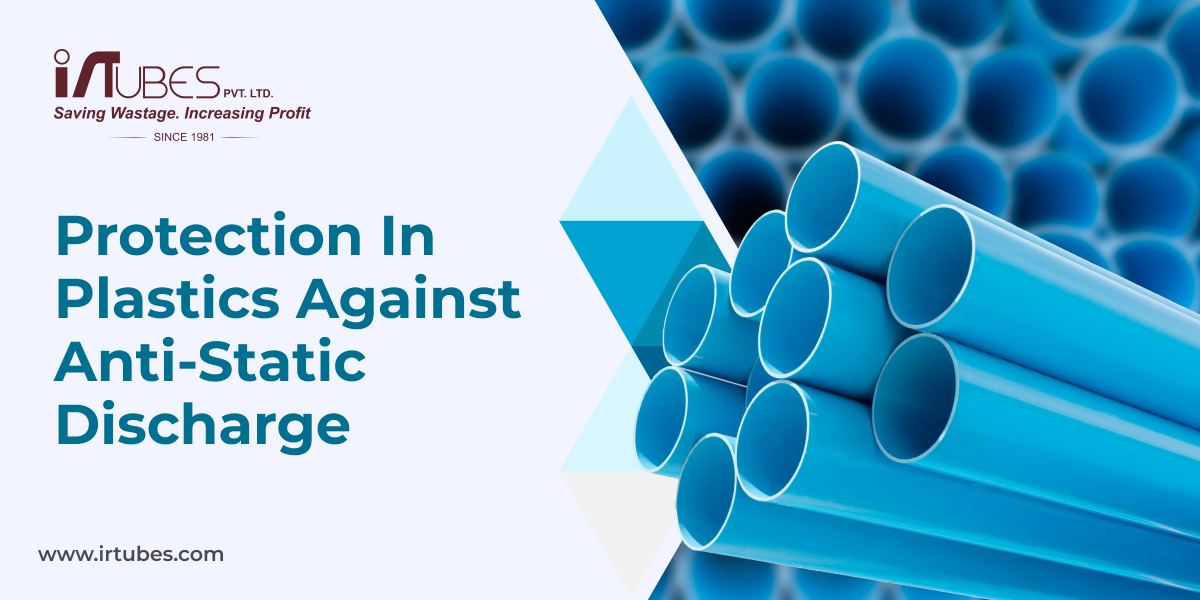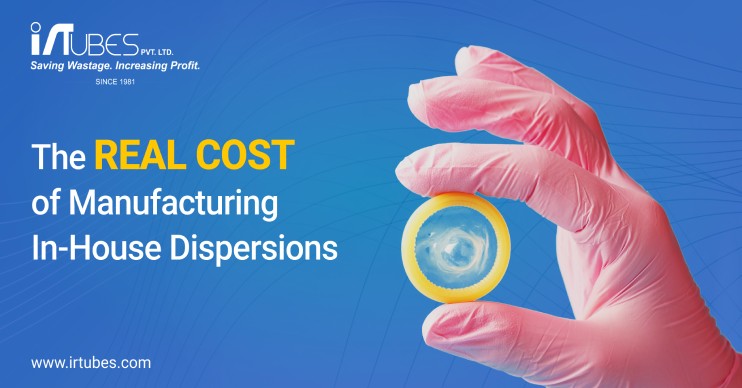
A simplistic comparison of only the raw material cost would normally lead one to believe that in-house manufacture is cheaper than buying readymade water-based dispersions. However, to make a fair comparison, the dispersions user MUST consider the real costs of in-house dispersion manufacture which include many other items & factors as listed below


